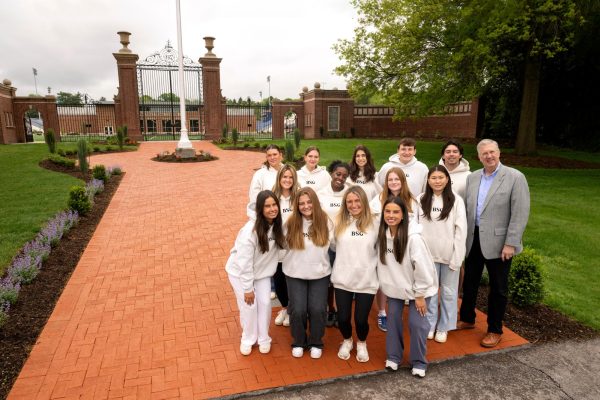What happens when violence backfires?
January 27, 2023
In the film industry, it has become common practice to depict episodes of violence to increase viewership and revenue. In fact, according to the American Academy of Family Physicians (2004), 91 percent of the films shown on television depict violence in some manner, many using prop weapons to make scenes more life-like.
However, a common misconception is that all of the weapons filmmakers use as props are fake. As New York Times writer Brooks Barnes (2021) highlights, Hollywood filmmakers often use real firearms on movie sets to increase authenticity, but the industry’s strict guidelines for firearm usage are meant to protect other set workers from any potential misfires.
This, unfortunately, is little consolation to the family of Cinematographer Halyna Hutchins who was shot and killed on the set of “Rust” in late October 2021 by actor Alec Baldwin. Regardless of their intent, Baldwin as well as the film’s armorer, Hannah Gutierrez-Reed, are both being charged with involuntary manslaughter over the death of Hutchins.
Here is what we know for certain: on the day of the shooting, assistant director David Halls allegedly handed Baldwin the gun, which the actor claims he thought was safe to use. On that note, we know that Baldwin and Reed are the only two people being charged, though those charges will not be officially filed until the end of the month.
Finally, and perhaps most importantly, we know that had either Baldwin, Reed or Halls done their jobs properly that day, maybe Hutchins would still be alive, and “Rust” would already have made the big screen.
With all of this, several key questions about our society come to mind.
First, why are we using real firearms in fictional movies? Of course, the Second Amendment protects a filmmaker’s right to do this, and the industry has a set of strict standards for firearm usage, but when a fatal incident like this occurs, we must begin to reassess the risks involved.
We must ask ourselves if it is really worth it to risk lives in the name of authenticity. The most important question we should be asking ourselves here is what are we perpetuating? What we are teaching people with the use of violence, often taken to the extremes, in nearly every type of fictional media with which we all interact almost daily?
A 2005 study conducted by Brad J. Buchman, Ph.D. and L. Rowell Huesmann, Ph.D. showed that watching scenes of violence has negative short-term effects on adults as well as negative long-term effects on youth. This is because most adults have certain beliefs and morals already encoded into their brains but children are still learning.
Children are thus more likely to exhibit aggressive behaviors in the long term due to the repeated consumption of violent media throughout their brains’ most vital developmental periods.
The coverage of violence across all genres and types of media might have more negative effects on our society than we are all willing to accept, meaning the casualties of our obsession with violence will only continue to pile up.






















